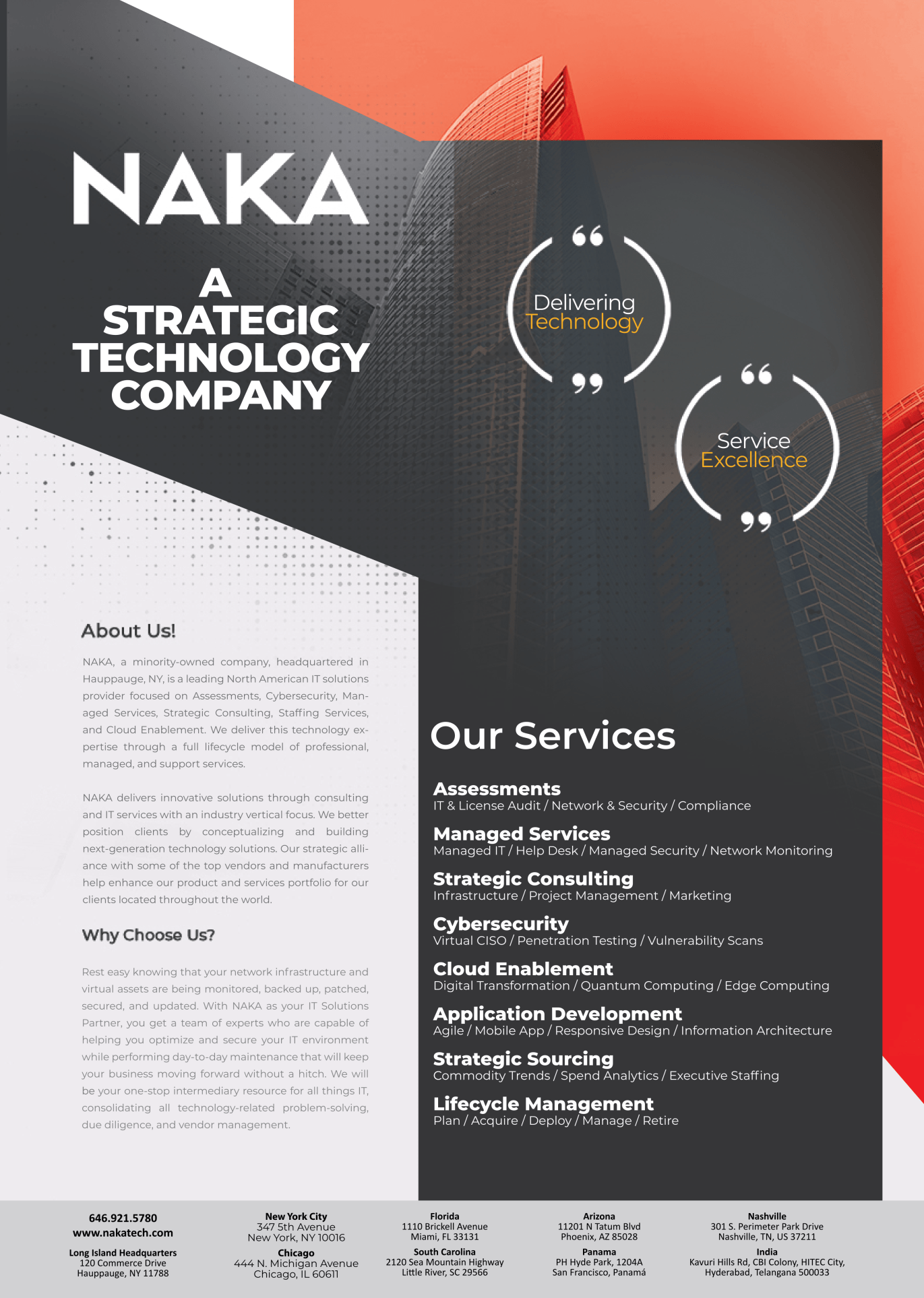Strategies for Data Protection in the Era of Remote Work

Strategies for Data Protection in the Era of Remote Work
In today’s digital age, the concept of work has undergone a significant transformation. With the rise of remote work, organizations are faced with a new set of challenges when it comes to safeguarding their valuable data. As employees access company information from various locations and devices, ensuring robust data protection has become paramount. In this blog, we will explore essential strategies for data protection in the era of remote work, focusing on the crucial role of Data Security Services and Cybersecurity Services in mitigating risks.
The Remote Work Revolution:
The COVID-19 pandemic accelerated the adoption of remote work, and this trend shows no signs of slowing down. Organizations have recognized the benefits of flexibility and cost savings associated with remote work, but they must also address the security implications. Data protection in a remote work environment demands a proactive and holistic approach to ensure the confidentiality, integrity, and availability of sensitive information.
1. Invest in Data Security Services:
To protect valuable data in a remote work environment, organizations should consider investing in data security services. These services include a variety of solutions and practices designed to secure data at various levels, from the data center to the end user device. Data security services are an essential part of any overall data protection strategy. Here are some important aspects to consider:
- Data encryption: Data encryption is a fundamental security measure that must be implemented throughout the organization. It ensures that data is unreadable to unauthorized users. End-to-end encryption of data in transit and at rest can protect sensitive information from interception or theft.
- Identity and access management (IAM): IAM solutions help manage user access to data and resources. Implementing strong authentication methods and role-based access controls ensures that only authorized individuals can access critical data.
- Data Loss Prevention (DLP): DLP tools monitor and protect data from inappropriate sharing or access. They can identify and block sensitive data transmissions, providing an extra layer of protection.
- Backup and Recovery: Regular data backup and disaster recovery plans are essential for remote work scenarios. Data Security Services often include automated backup solutions to ensure that data can be restored in case of data loss or breaches.
2. Implement Cybersecurity Services:
Cybersecurity Services go hand in hand with Data Security Services to create a comprehensive data protection strategy. Cybersecurity services focus on safeguarding data against various cyber threats, including malware, ransomware, phishing attacks, and more. Here are some critical components of a robust cybersecurity strategy:
- Endpoint Security: Protecting end-user devices, such as laptops and mobile phones, is crucial. Endpoint security solutions can detect and prevent malware and other threats from compromising data on these devices.
- Email Security: Phishing attacks often target employees through email. Robust email security services can filter out malicious emails, reducing the risk of employees falling victim to phishing attempts.
- Network Security: Securing network infrastructure is essential to prevent unauthorized access and data breaches. Firewalls, intrusion detection systems plays important roles in network security.
- Security Awareness Training: Educating employees about cybersecurity best practices is a vital component of any cybersecurity service. Training helps employees recognize and respond to potential threats, reducing the risk of security incidents.
3. Maintain a Secure Remote Work Environment:
In addition to investing in Data Security Services and Cybersecurity Services, organizations should establish a secure remote work environment by implementing the following strategies:
- Secure Communication Tools: Use encrypted communication tools for internal and external communications. End-to-end encryption ensures that confidential discussions remain private.
- Remote Access Policies: Develop and enforce remote access policies that define how employees should access and handle data from remote locations. Access should be granted on a need-to-know basis.
- Regular Software Updates: Keep all the softwares, including operating system and applications, up to date with security patches. Outdated software can be vulnerable to exploitation.
- Incident Response Plan: Prepare a clearly defined incident response plan that describes the actions to take in the event of a data breach / security incident. Time is of the essence when responding to breaches and having a plan in place is critical.
- Continuous Monitoring: Implement continuous monitoring of network and device activities to detect any unusual behavior or potential security threats.
4. Compliance and Regulations:
In the field of remote working and data protection, compliance with applicable regulations is essential. Depending on your industry and location, you may be subject to specific data protection & privacy laws such as General Data Protection Regulation (GDPR). Failure to comply with these regulations might result in severe penalties.
Conclusion:
Data protection in the era of remote work is a multifaceted challenge that requires a combination of Data Security Services and Cybersecurity Services. The shift towards remote work has created opportunities for increased flexibility and efficiency but has also exposed organizations to new security risks. By investing in comprehensive data protection strategies, maintaining a secure remote work environment, and staying compliant with relevant regulations, businesses can ensure the security of their valuable data assets in the face of evolving threats. Embracing these strategies is not only essential for data protection but also for maintaining the trust and confidence of clients and stakeholders.
In summary, safeguarding data in the remote work era demands a holistic approach, with Data Security Services and Cybersecurity Services at the forefront. By implementing these strategies and staying vigilant, organizations can navigate the challenges of remote work while keeping their data safe and secure.



